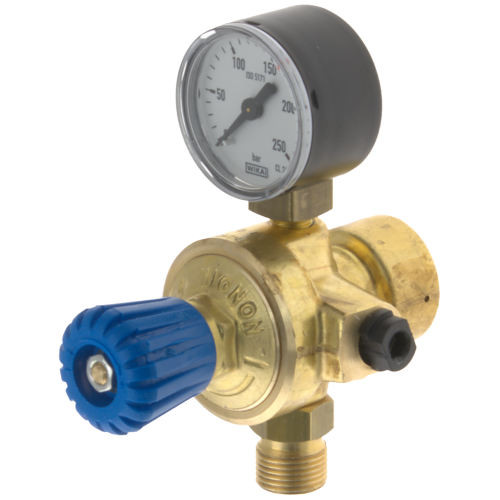I looked at the Ebay bits and pieces and was not convinced of the quality, warranty and safety aspects of them. I went with the Brewman option simply because of the homework MHB had put in over the years.
If any warranty issues happen to come up, I would rather send it to a local place instead of overseas Ebayer or whatever.
If any warranty issues happen to come up, I would rather send it to a local place instead of overseas Ebayer or whatever.





